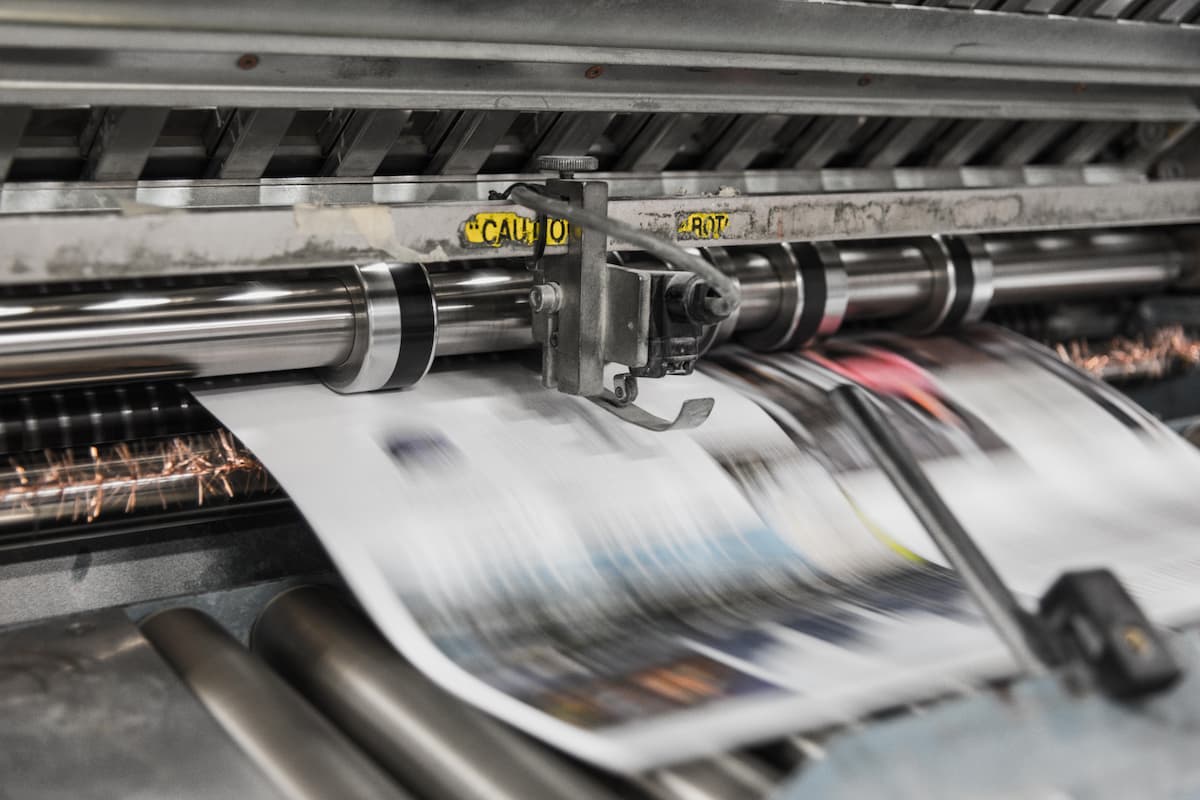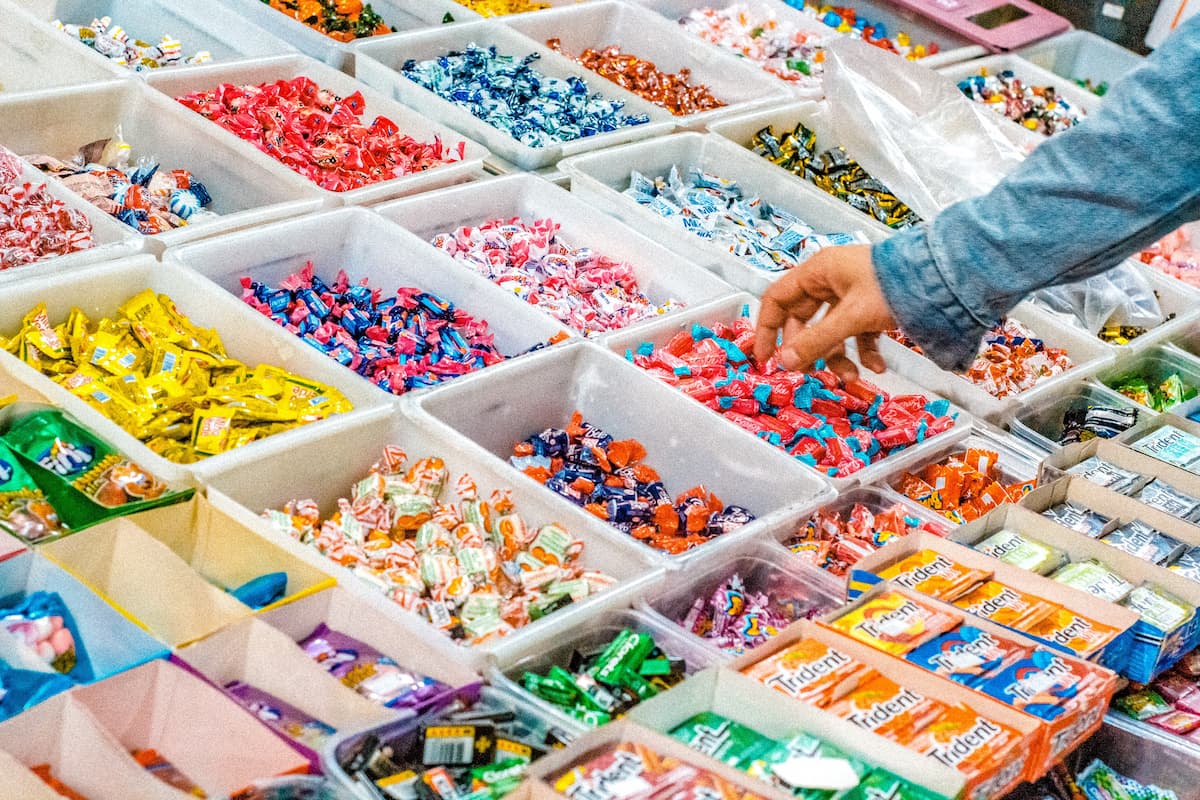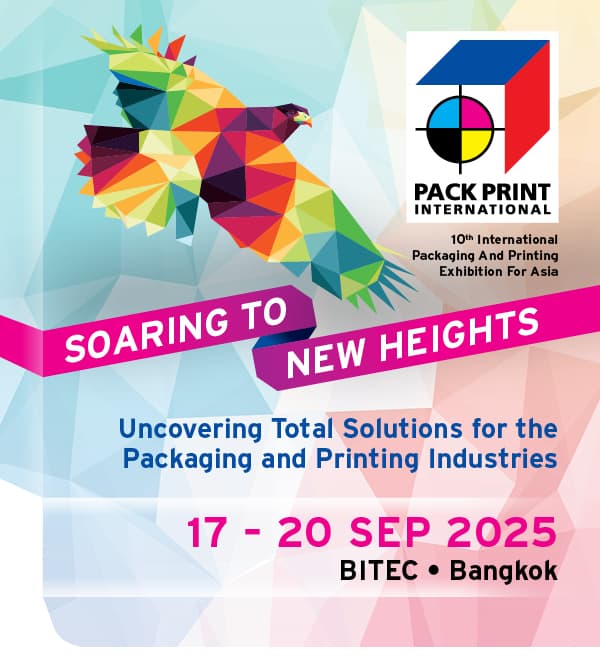
ASIA
Emerging Asia remains the key growth market for many packaging companies to target
Metal packaging industry sees surge in demand in recent years for baby food packaging and canned drinks. For example, Asia Pacific’s beer market is expected to grow by 7 percent
Categories in which consumers consider sustainable packaging most important – for Indonesia, beverages rank highest, followed by dairy products, and fresh fruit and vegetables.
Asia Pacific represents one of the largest global commercial printing markets, driven primarily by the growing advancements in digital printing technologies, especially in China, India and Vietnam.

GLOBAL
By 2030 packaging will account for almost two thirds of the global print market
Mega trends impacting print demand
- Demographics
- Retail changes
- Sustainability
- Brand changes
- Consumer preferences
- Increasingly connected world
- Advertising changes
Paper-based packaging market is expected to see the most growth as it continues to meet consumer demands for lighter, more flexible packaging and has continued to innovate with new efficiencies, such as frustration-free packaging that is both easier for consumers to unpack and minimises turnaround time for manufacturers.
(sources: extracted and adapted from various reports including: Asia Packaging Report (Kearney) | Sustainable Packaging in Asia (McKinsey) |Asia Pacific Commercial Printing Market: Industry Trends, Share, Size, Growth, Opportunity and Forecast 2020-2025 (imarc group), Unsplash (Bank Phrom), Unsplash (Vinicius ‘amnx’ Amano))
Packaging Trends: Top standout developments in 2021 and beyond
Stronger demand for packaging and packaged goods is expected to continue seeing strong growth in a post-COVID19 landscape. Increased demand and desire for low-or-no-touch services will continue, as hygiene remains a significant consideration for consumers. According to experts, the desire for greater luxury and treats will continue to thrive as a key feature so brands that are able to offer prestige and indulgence, including portraying this through high-end packaging innovations, will stay ahead.
Healthier food and lifestyles - These require new packaging options, and with increased expectations for ethical packaging and traceability, there is more demand for transparency with smart labelling becoming increasingly important.
Urbanisation, globalisation and busier lifestyles - Increased demand for smaller portion sizes that require more lightweight and on-the go packaging with emphasis on convenience features such as closures and dispensing systems for reseal.
Multi-channel distribution - Ecommerce has become a primary driver of demand for corrugated packaging, along with a rise in brands focusing on the “unboxing experience” and looking for unique and standout packaging solutions that enhance the brand experience. The rapidly changing retail landscape, as more and more brick and mortar stores face increased competition, will also see packaging suppliers needing to adapt products quickly.
Smart packaging and customer engagement - Information engagement and traceability remain critical factors in this process, with cheaper, passive RFID or NFC type labelling allowing for wider familiarity with the possibilities and applications of smart packaging.
Design differentiation - There remains strong demand for differentiated packaging, often aligned to new product launches or brand development. As a result, there has been more investment in R&D and packaging design with an emphasis on shelf stand out and improved sustainability. While many brands follow industry-wide packaging trends, there remains value in having the bravery to allow a brand or product to use novel packaging techniques and achieve some stand out as a result.
Supply chain digitisation - There has been something of a silent revolution, as increased digitalisation reshapes all areas and all levels of many supply chains, from farm to fork. Consumers are also increasingly aware of the importance of packaging as part of brand and product provenance. Steps to deploy blockchain type systems to link stages in the supply chain for faster and more efficient delivery are making an impact and will be increasingly deployed across more markets and product lines.
Environmental and sustainability issues - The need to better handle post-consumer packaging waste streams is becoming a key global concern especially for plastics, driving strong trends toward the use of materials that can be more easily recycled or use higher recycled content. Closed-loop systems are more popular than ever. This focus on the environment is also driving other consumer trends, including more plant-based alternatives in food and drink, with similar demands also placed on the packaging in these categories.
Regulation - All over the world, as major economies begin implementing or have implemented new environmental legislation this has fundamentally impacted the packaging market. The increasing emphasis and environmental pressure on packaging - from being lightweight, minimising carbon footprint to focusing on disposal and recycling has shifted the longer term trends of flexible packaging back somewhat to rigid packaging in closed loop and Deposit Refund Schemes for better recycling. The need for more recycling facilities in high consumption countries has also increased to reduce waste exports.
(sources: extracted and adapted from various reports including: Packaging Gateway - State of play report: The packaging market in 2021 | Asia Packaging Report (Kearney) | Sustainable Packaging in Asia (McKinsey) |Smithers – Market Report, The future of Print to 2030)




